Beersheba
Beersheba is the largest city in the south of Israel and often referred to as the ‘Capital of the Negev.’ Historically, it was home to many Jews from Sephardic backgrounds (i.e. those who immigrated to Israel from Arab countries). Over time, more immigrants arrived from Ethiopia and the former Soviet Union and today the city has a very mixed feel.
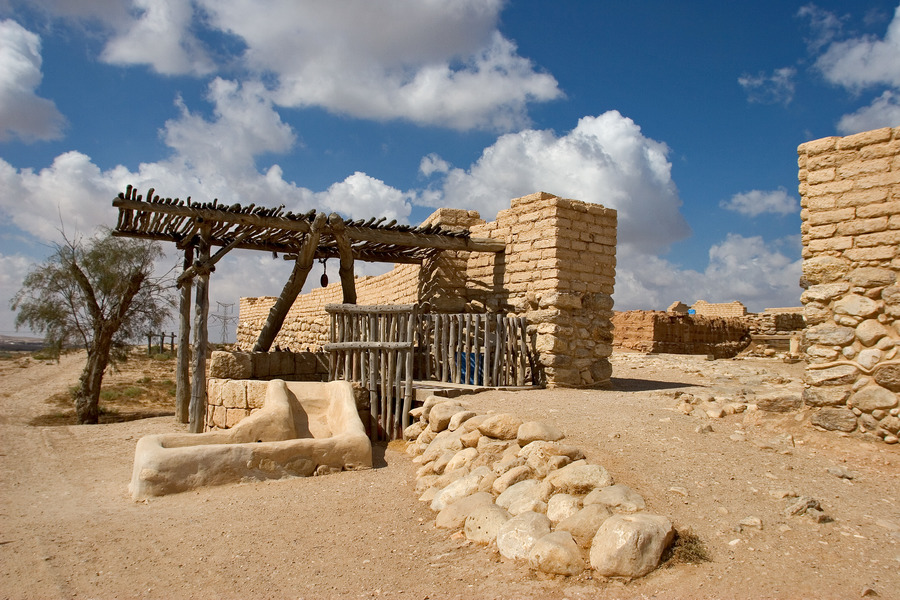
Tel Beer Sheva, Israel. Photo credit: © Doron Nissim. Published with permission of the Israel Nature and Parks Authority
The outskirts of Beersheba are also home to many Bedouin - nomadic Arab tribes, who practice Islam and who mainly live in their own townships, built between 1968-1989 by Israel. The city has grown substantially since the establishment of the State of Israel in 1948 and today is home to the prestigious Ben-Gurion University of the Negev, as well as an emerging high-tech scene in Omer, a suburb just outside the city.
Etymology of the name Beersheba
Etymologically, be’er is the Hebrew word for ‘well’ and sheva could either mean ‘seven’ or ‘oath’ (see the history section below for more about this). In terms of what the city’s name actually refers to, there are a few explanations. These refer to Beersheba meaning: the oath of Abraham and King Abimelech (‘Well of the Oath’); the seven wells supposedly dug by Isaac (‘Seven Wells’); the oath of Isaac and King Abimelech (‘Well of the Oath’); the seven young lambs that sealed Abraham and King Abimelech's oath (‘Well of the Seven’).
Beersheba in the Bible
Beersheba has an interesting biblical history. According to the Hebrew Bible, it was created after Abraham built a well (‘be’er’ in Hebrew) in the Negev desert. After the king’s servants captured his well, Abraham complained to their master. The dispute was eventually settled with an accord (agreement) and they both, then, together, swore an oath (‘shevua’ in Hebrew) to confirm this.
Beersheba symbolized the southern boundary of the Land of Israel. Historically, it was also the home of not just Abraham, but the other two Israelite patriarchs - Jacob and Isaac. It was an important center in Israelite times until the destruction of its altar in 7 BCE.
Tel Beer Sheva National Park. Photo credit: © Nadav Taube. Published with permission of the Israel Nature and Parks Authority
History of Beersheba
The earliest remains of settlement at Beersheba were found by archaeologists in the form of a number of rock-hewn dwellings (11th/12th centuries BCE) as well as a deep well that supplied fresh water to the first permanent settlement of the Israelites from the Tribe of Simeon. Much of this site was excavated in the late 1960s and early 1870s, uncovering several layers of settlement remains, including fortified towns from the early Israelite period and the time of the Kingdom of Judah.
Geography of Beersheba
So where exactly is Beersheba? Well, if you look at a map of Israel, it’s situated on the northeastern edge of the Negev desert. It is 120 km southwest of Jerusalem and 115 km southeast of Tel Aviv. Because of the existence of water (which flows south from the Hebron hills each winter) and remains underground, it has been populated for thousands of years. Beersheba’s main river is the Beersheba stream which floods in the winter.
Climate of Beersheba
In Beersheba, the summers are long, hot, and very dry. The winters, in contrast, are cold and mostly clear. Throughout the year, the temperatures can range from 7 to 35 degrees. Rainfall is rare but sandstorms occur periodically, as well as flash floods in the colder months.
Demography and Economy of Beersheba
Beersheba is the fourth largest city in Israel (after Tel Aviv, Jerusalem, and Haifa) with a population of 204,000, and an estimated population of 300,000 by 2030. It is a predominantly Jewish city, with 97% of its occupants identifying as Jews.
The economy of Beersheba is growing, with the three biggest employers being the Soroka Medical Centre, the IDF (Israel Defence Forces), and Ben-Gurion University. A high-tech park is currently being built near the north railway station and another, the Sammy Ofer park, is located in nearby Omer. The city is also home to a number of electronic and chemical plants, including Teva Pharmaceuticals.
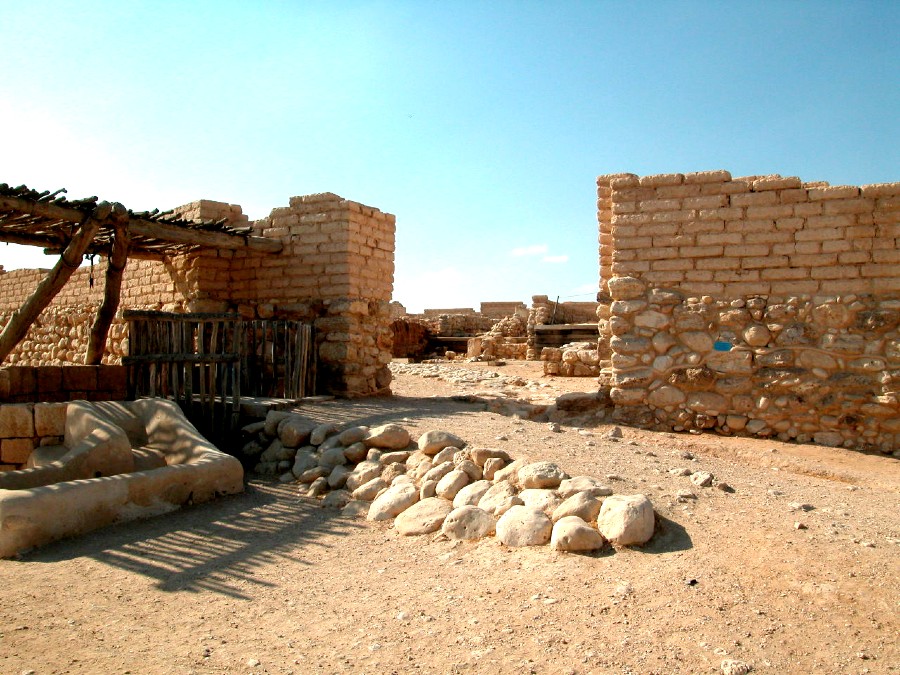
The archeological site of Tel Beer Sheva, Israel. Photo credit: © Tsvika Tsuk. Published with permission of the Israel Nature and Parks Authority
Museums and Art Galleries in Beersheba
Anzac Museum, Beersheba - the Anzac Memorial Centre is a wonderful center that tells the story of the ANZAC soldiers - hundreds of horsemen who came from Australia and New Zealand - who fought bravely in First World War Palestine. It tells the story of these soldiers and the conquest of the city in the course of the Battle of Beersheba (1917) in a very experiential manner, giving visitors the opportunity to journey back to another time and place.
Old Quarter, Beersheba - the new ‘Old City’ in Beersheba was designed to provoke an upturn in tourism and seems to have had some success. The old train terminal has been restored, along with a Turkish engine (dating back to Ottoman times), two original railroad cars, and the station master’s dwelling.
The historic city of Beersheba, widely known as "the Old City" is a unique example of a well-planned city, built by the Ottomans. Designed by German and local Arab architects it was once an extraordinary combination of oriental and modern. Alongside beautiful gardens and well-planned streets were fine oriental buildings, with ornate balconies and beautiful Arches and you can see these again today.
Art Museum of the Negev, Beersheba
The museum’s collection mainly relates to modern Israeli art but, over the years, began displaying exhibitions of ceramics and international art. Back in Ottoman times, it was the home of the Governor and during the First World War, it housed British Officers.
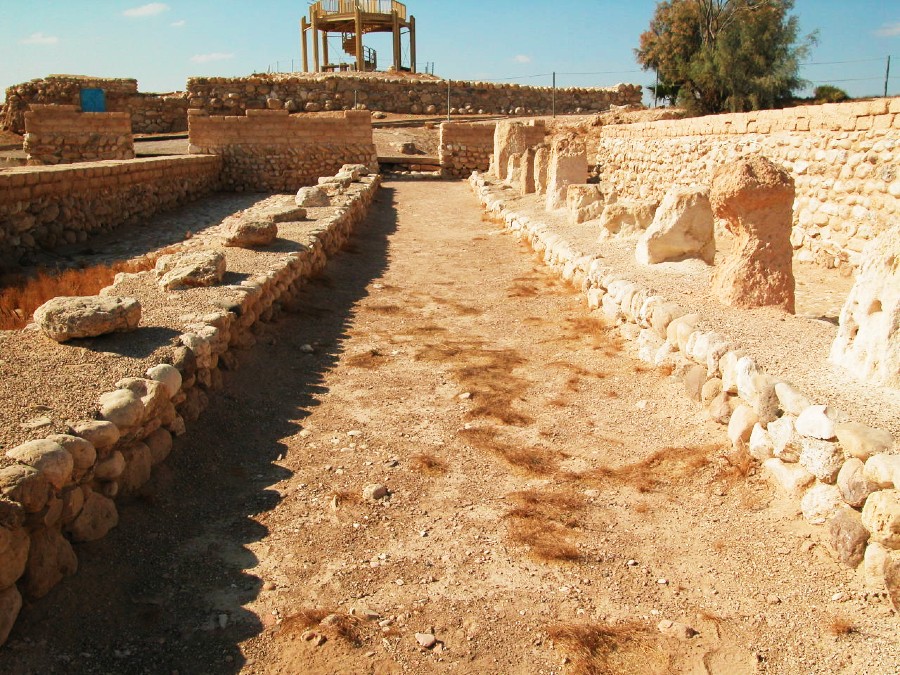
An important biblical site of Tel Beer Sheva. Photo credit: © Tsvika Tsuk. Published with permission of the Israel Nature and Parks Authority
Sites of Beersheba
Abraham’s Well International Visitors Centre - According to the world’s three monotheistic religions (Christianity, Islam, and Judaism), this is the spot at which Abraham dug his famous well, leading the city to be named as such. Visitors are invited to join a tour (approximately 1 hour) where the story of Abraham is recounted and learn about the different roles of wells in ancient times. There is also the opportunity to watch a 3D movie with subtitles (in nine different languages).
Israeli Air Force museum - one of the top attractions in Beersheba, here you can see an enormous collection of airplanes and helicopters, some of which you’ll even be able to explore and scramble upon, as well as a video on offer telling the story of Israel’s air force. As you might imagine, this museum is particularly popular on Israel Independence Day (when you can visit for free!)
Negev Zoo - this zoo has a good collection of mammals, reptiles, and birds - keep a special lookout for the lizards, snakes, and turtles!
Carasso Science Park - this family-friendly science museum offers visitors both young and old a variety of outdoor displays and interactive exhibits. It’s very much a hands-on experimental place, designed to stimulate kids’ interest in technology and science. It has seven specialized laboratories, dealing with subjects such as genetics, crops, and nuclear energy, as well as a 3D printing facility. It is open every day save for Friday.
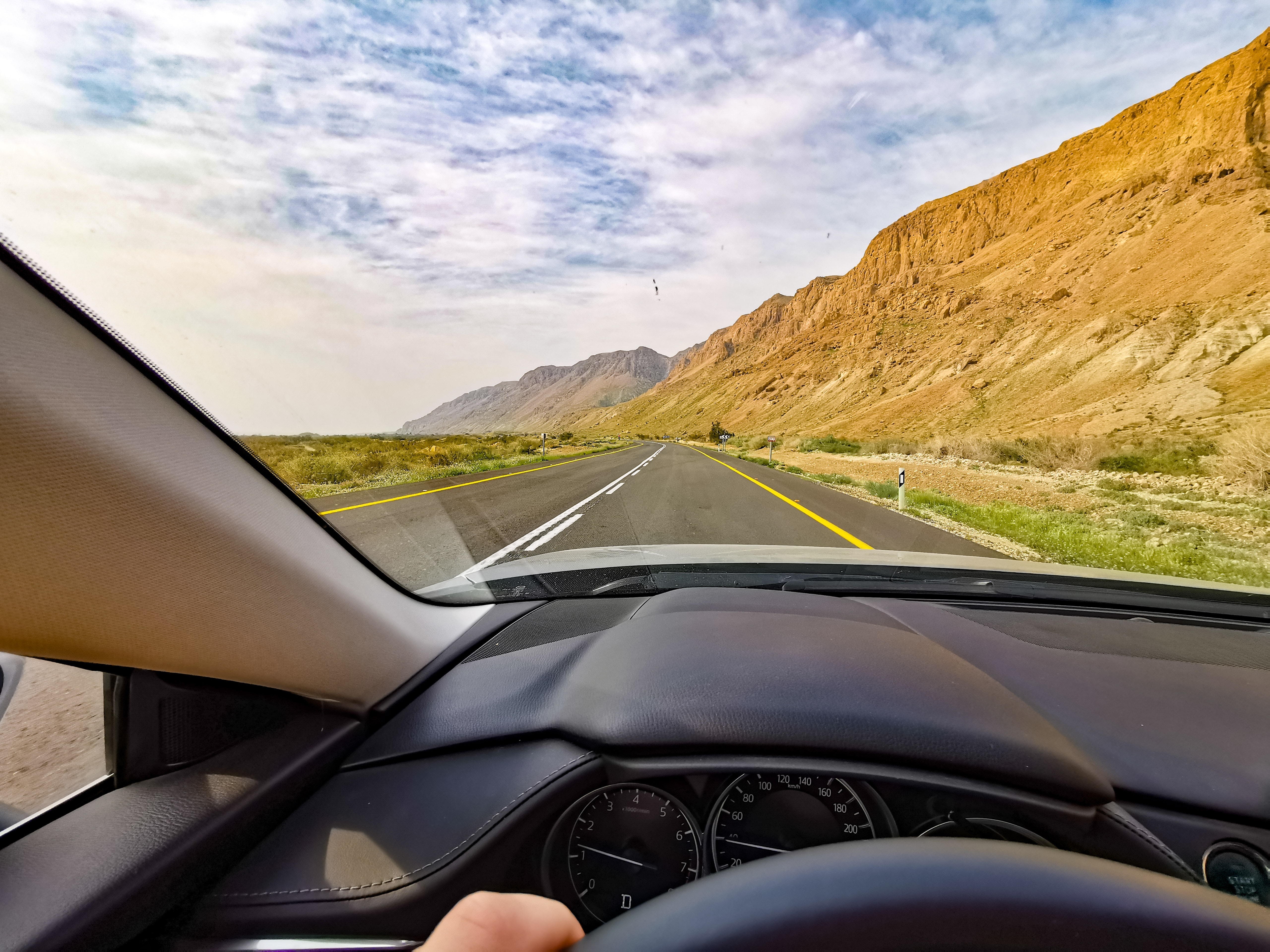
Driving in the Negev Desert, Israel. Photo by Ondrej Bocek on Unsplash
Tel Beer Sheba - these UNESCO-listed biblical city ruins can be found several kilometers east of the modern city today. This ancient town was originally built on a low hill on the banks of a wadi (dry river bed) which flooded each winter. These include an altar (once used for sacrifice), a well of 68 meters deep (one of the deepest in Israel), and the city gates (two, an outer and also the main gate, guarded by two towers).Visitors can also see the “Governor’s Palace'' which once boasted ceremonial halls, a storeroom (one of the largest buildings in the ancient city) which, when excavated, were found to contain hundreds of pottery vessels, and a water system, built deep into the chalk rock of the city fortifications.
Transportation in Beersheba
Beersheba, as the gateway city to the Negev, is well-served by public transport, which is fast, efficient, and relatively cheap. Egged bus number 470 from Beersheba to Jerusalem runs every half an hour from the main station and takes approximately 1 hour and 32 minutes, dropping you at the third floor of the Jerusalem Central bus station.
Buses from Tel Aviv to Beersheva also run regularly, both from the Levinsky bus station and Savidor on the Namir Road. The fastest journey will take about 1 hour 13 minutes. Taking the train from Tel Aviv to Beersheba is also a good option - trains leave from Savidor, HaShalom, and HaHaganah stations every 30 minutes and the journey takes just under 1 hour 30 minutes with a fast train.
From Beersheba to Eilat, there are buses leaving constantly, traveling directly south on Route 40. The journey will take approximately 3 hours with bus 397. From there, visitors can take tours to Jordan, especially tours to Petra. Even a day tour of Petra is possible since travel time from the border of Eilat/Aqaba to Petra is only 2 hours by car or minibus.
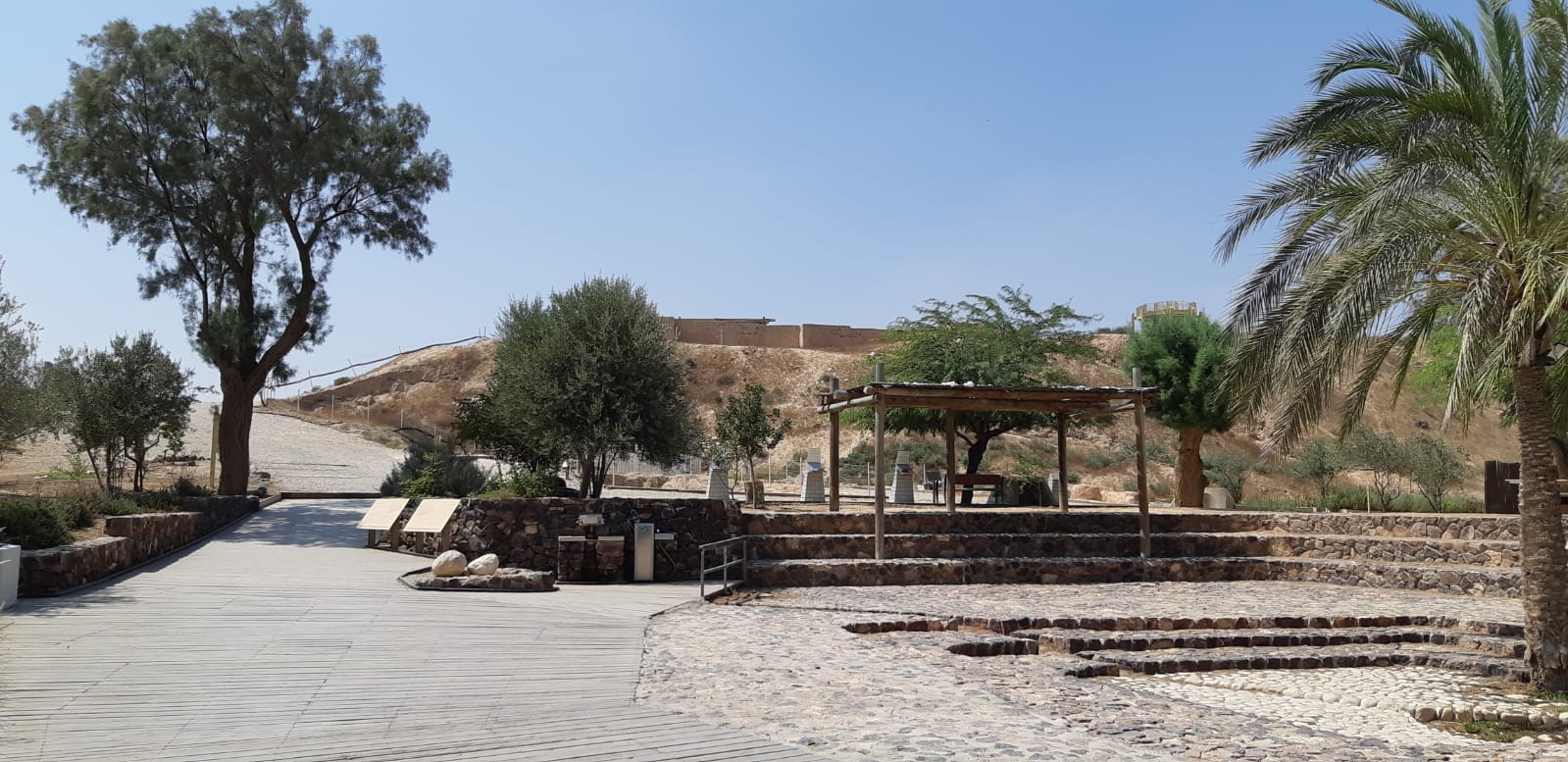
Tel Beer Sheva, Beersheba, Israel. Photo credit: © Nadav Taube. Published with permission of the Israel Nature and Parks Authority
 Login / Register
Login / Register
 Contact Us
Contact Us
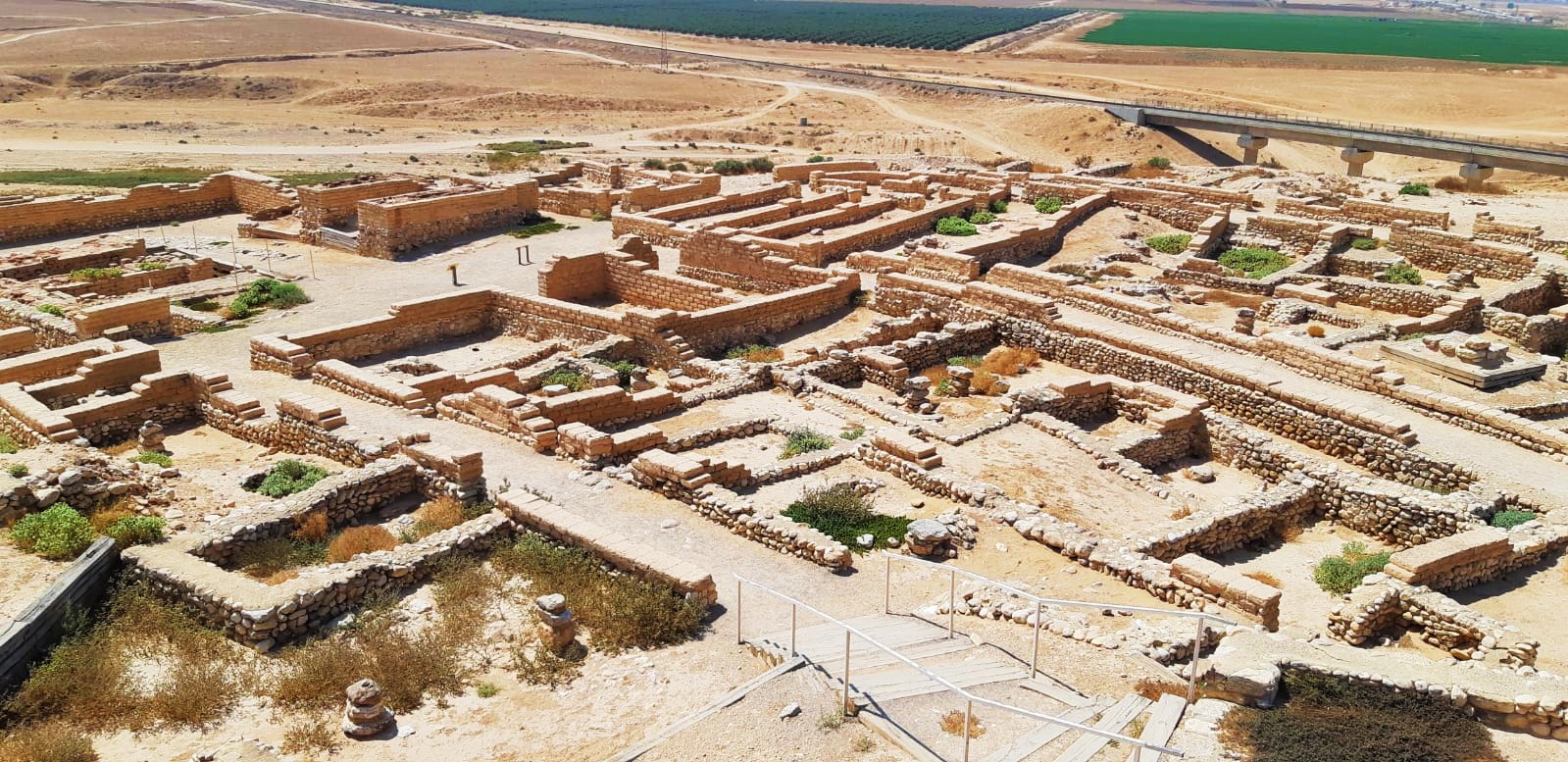
 Certificate of Excellence
Certificate of Excellence Guaranteed Departure
Guaranteed Departure Low Prices Guaranteed
Low Prices Guaranteed 24/7 Support
24/7 Support




